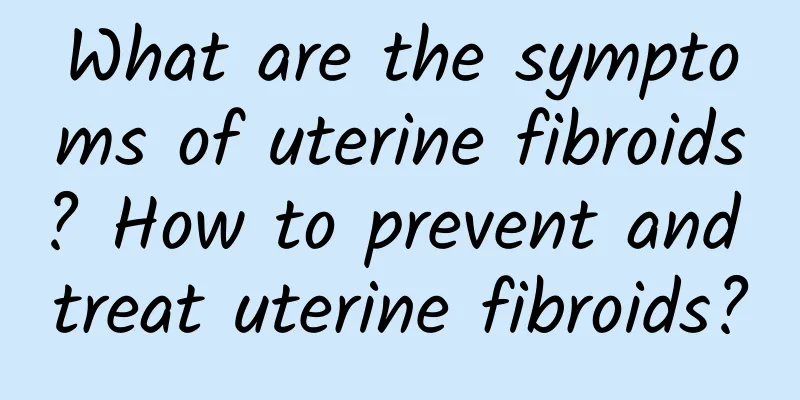What are the dangers of pelvic peritonitis?

|
According to statistics, the number of outpatient dysmenorrhea patients is increasing, accounting for about 20% of the outpatient volume. There are many causes of dysmenorrhea, and pelvic infection is one of the important causes. The so-called pelvic infection refers to the inflammation of the female internal reproductive organs and the surrounding connective tissue and pelvic peritoneum. It is a common gynecological disease. Severe cases may cause serious consequences such as diffuse peritonitis and septic shock. Mild cases are long-lasting and repeated attacks cause pain to patients and affect women's physical and mental health. Therefore, it is necessary to pay attention to the prevention and treatment of pelvic peritonitis. 1. Acute pelvic peritonitis worsens after fatigue, sexual intercourse, and before menstruation. Severe cases may cause complications such as irregular menstruation and infertility. Common complications of chronic pelvic peritonitis include pelvic effusion. 2. Pelvic peritoneal inflammatory infertility: refers to the inability of a couple to conceive after living together for more than three years due to acute or chronic inflammation of the woman's pelvis. 3. Pelvic peritonitis masses: The inflammation of the female pelvic organs is not treated formally and effectively, resulting in chronic inflammatory histological changes in the pelvis, which in turn leads to the occurrence of pelvic peritonitis masses. 4. Pelvic abscess: It is mostly caused by acute pelvic connective tissue inflammation that is not treated in time, resulting in suppuration and formation of pelvic abscess. This abscess can be limited to one or both sides of the uterus, and the pus flows into the deep pelvic cavity. 5. What are the complications of pelvic peritonitis caused by ectopic pregnancy? Due to the damage caused by inflammation, the function of the fallopian tube in retrieving and transmitting the fertilized egg is affected. 6. Hydrosalpinx. Chronic salpingitis is usually bilateral, with mild or moderate swelling of the fallopian tubes, and the fimbriae may be partially or completely closed and adhere to the surrounding tissues. Sometimes, the pus in the pyosalpinx is gradually absorbed, and the serous fluid continues to seep out from the tube wall and fill the lumen, which can also form hydrosalpinx. 7. Chronic abdominal pain. Pelvic peritonitis is followed by chronic abdominal pain. The pain is often cyclical and is mainly related to adhesions of the fallopian tubes, ovaries and surrounding tissues. |
<<: What are the complications of pelvic peritonitis?
>>: What are the specific hazards of pelvic peritonitis?
Recommend
What is the reason for irregular menstruation in women? These 7 causes can lead to irregular menstruation
1. Bad living habits: They are the main culprits ...
Is pelvic effusion likely to occur?
Is the chance of pelvic effusion high? The answer...
Does uterine fluid accumulation affect pregnancy?
Does uterine effusion affect pregnancy? This is a...
What are the hazards of medical abortion? There are 4 major hazards
After an unexpected pregnancy, most women will ch...
Causes of vaginal candidiasis in women
Vaginal candidiasis is a common gynecological dis...
Taking vitamins to relieve menstrual cramps
Nowadays, many women suffer from dysmenorrhea due...
What can't you eat if you have adenomyosis?
Adenomyosis is a cause of concern for people. For...
The causes of cervical precancerous lesions should not be ignored
Regarding the causes of cervical precancerous les...
Do you know what are the preventive measures for vulvar leukoplakia?
Vulvar leukoplakia is also called vulvar white le...
Is pelvic effusion 27mm liquid dark area serious?
Pelvic effusion with a 27mm dark area is generall...
How thick is the endometrium? Is it pregnancy?
Children nowadays are the hope of a family. Many ...
What are the symptoms of ectopic pregnancy? Pay close attention
Some of the early symptoms of ectopic pregnancy m...
We should pay attention to the understanding of the dietary taboos of vaginitis
For most patients with vaginitis, they know that ...
What are the causes of dysmenorrhea?
Almost every woman has experienced dysmenorrhea, ...
How long will acute vaginitis take to heal?
How long will acute vaginitis take to heal? 1. Ac...









